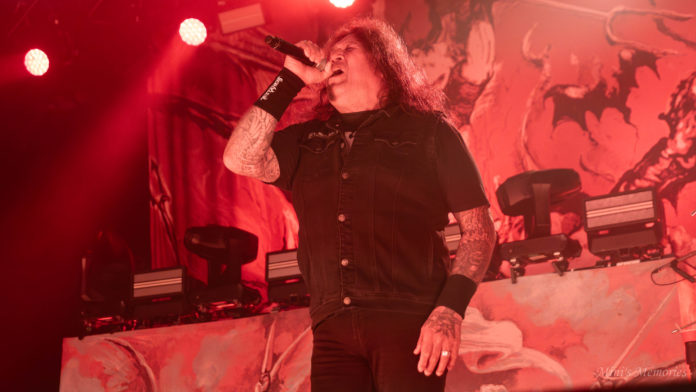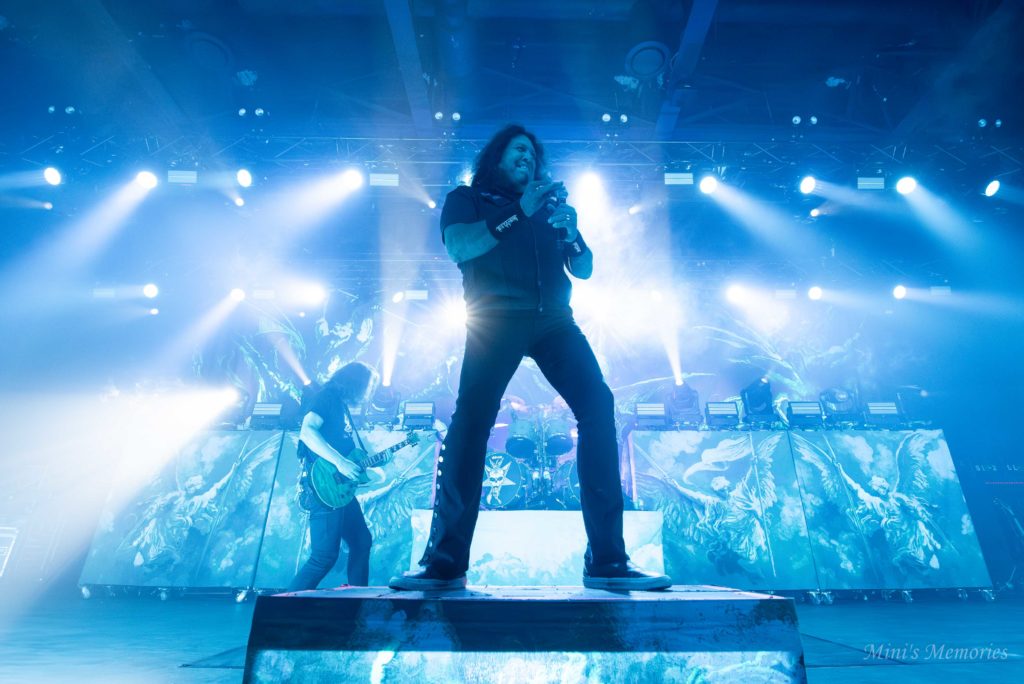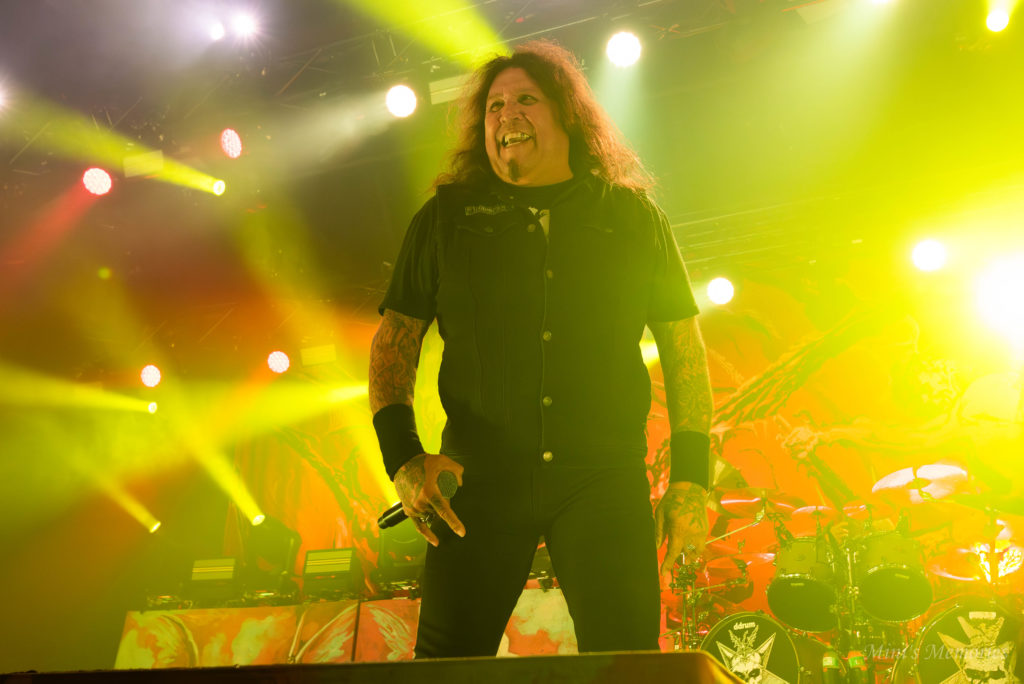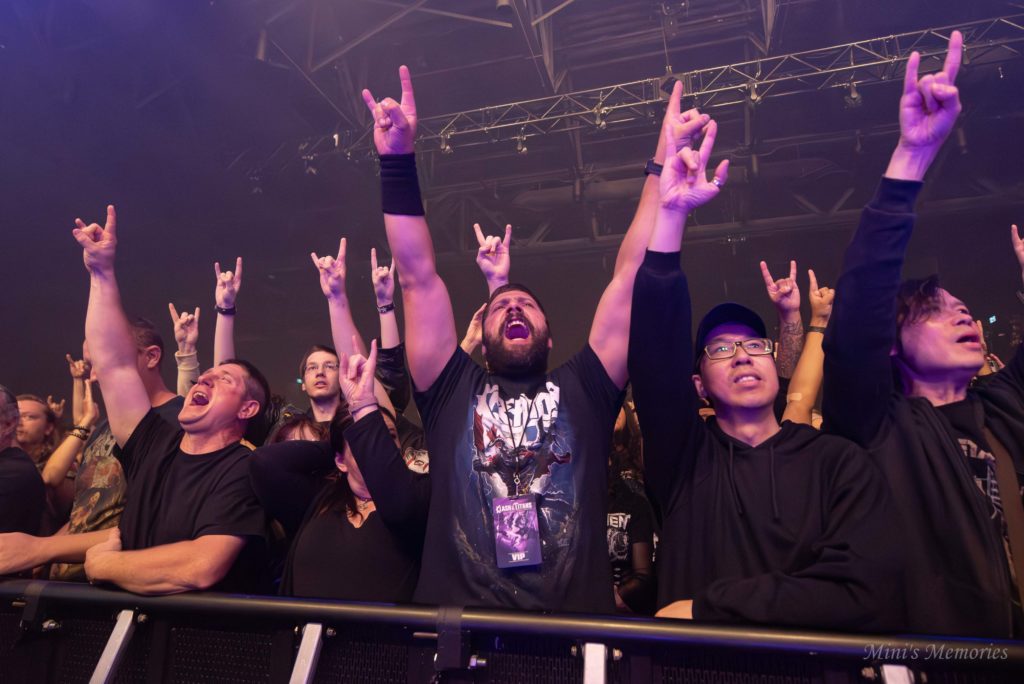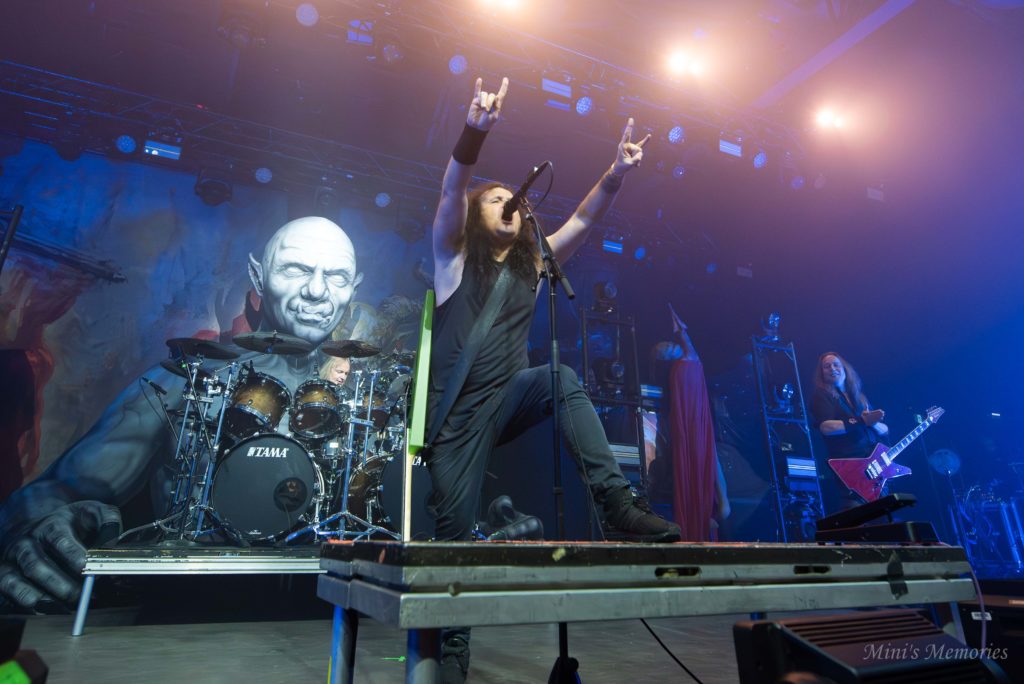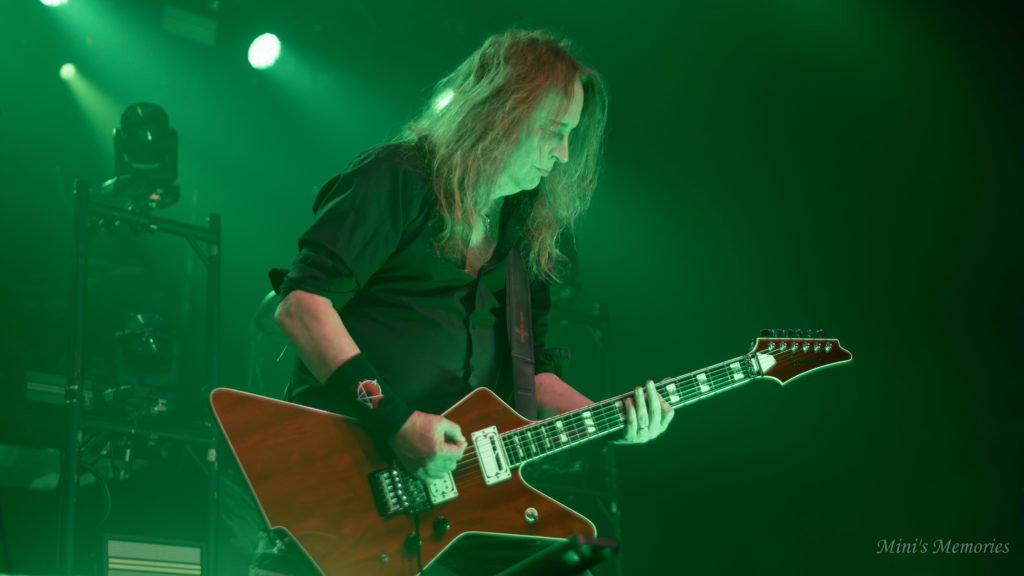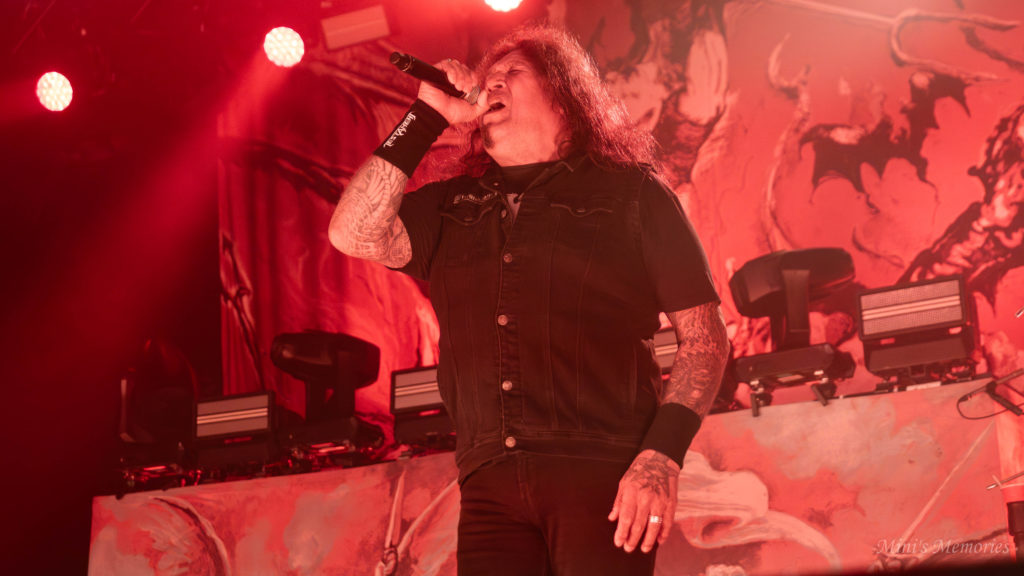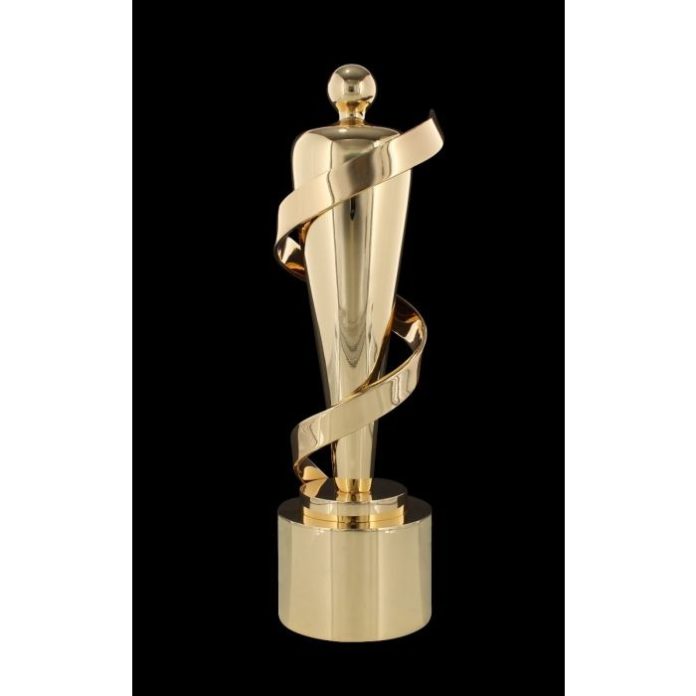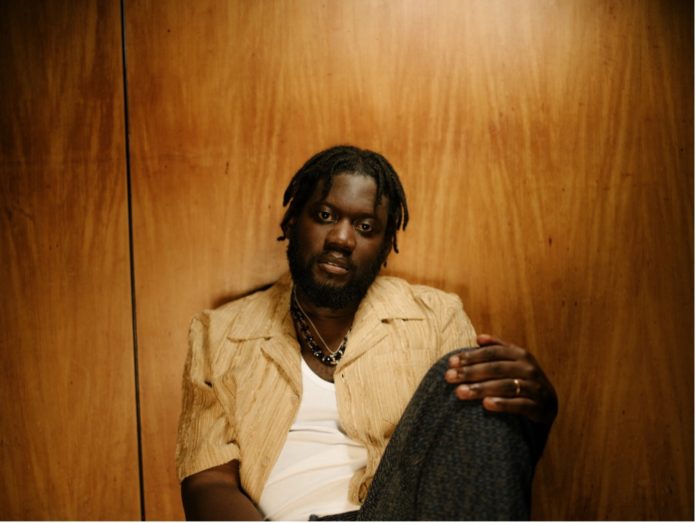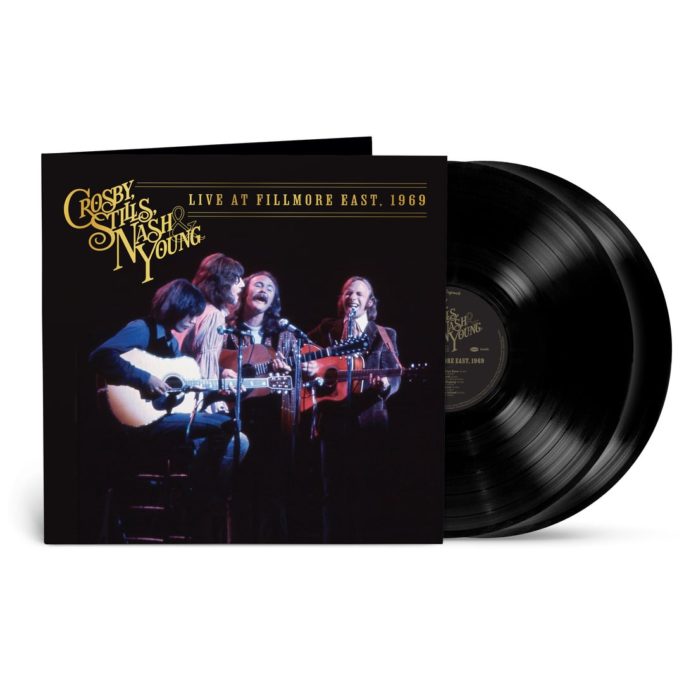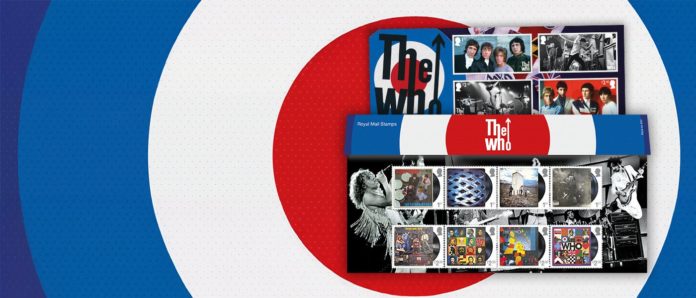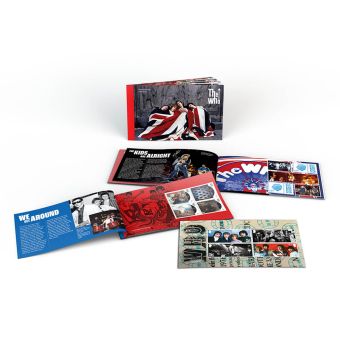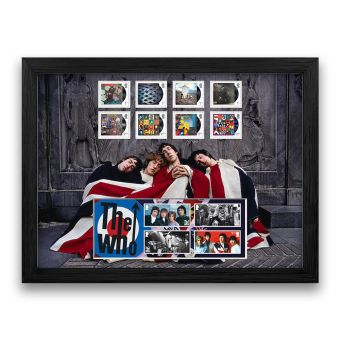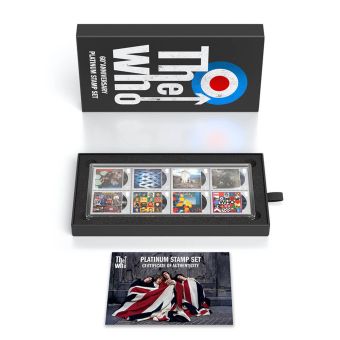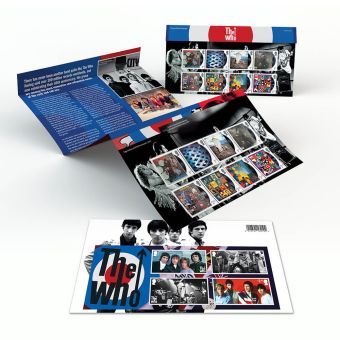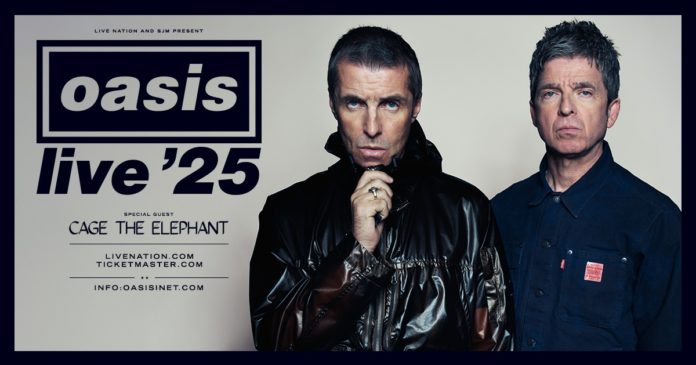By Mitch Rice
Global lithium-ion battery manufacturing soars with increasing renewable energy demand and electric vehicle adoption. Batteries now power everything from smartphones to electric vehicles. The advantages are obvious: they allow for cleaner transportation, aid renewable energy grids, and reduce reliance on fossil fuels.
Yet, at the same time, the increasing production of these batteries creates some environmental impact. Battery production, as well as disposal, causes pollution and resource depletion as well as energetic inefficiency. This will introduce which one of these battery products is most harmful to the environment and how an eco-friendly battery and its manufacturing can make the Earth greener.
The Pollution Problem in Battery Production
Many years of greening the economy using power for electric vehicles and renewable energy storage have proven difficult for lithium-ion battery manufacturing. And it is not free of problems. The production and disposal of batteries have been a leading source of pollution because of toxic materials, energy-intensive manufacture, and also not a very efficient recycling system. Which are the most toxic batteries in this sense? How might efficient, eco-friendly batteries diminish these kinds of effects? Let’s take a look.
| Battery Type |
Key Materials |
Pollutants to Earth |
| Lead-Acid Battery |
Lead, Sulfuric Acid |
Toxic lead leakage, sulfuric acid contamination, non-biodegradable waste |
| Nickel-Cadmium (NiCd) |
Nickel, Cadmium |
Cadmium pollution, heavy metal contamination of soil and water |
| Nickel-Metal Hydride (NiMH) |
Nickel, Rare Earth Metals |
Environmental damage from mining rare earth metals |
| Lithium-Ion Battery |
Lithium, Cobalt, Nickel |
Cobalt mining pollution, heavy energy consumption during production |
Table 1: Most Polluting Batteries and Their Impact
Lead-acid batteries also happen to be the oldest but are infamous for the damage they cause to the environment from leakage of lead. Nickel-cadmium batteries pollute soil and water systems with toxic cadmium. Even with the newest lithium-ion battery, damage is done in the mining of lithium, cobalt, and nickel.
Therefore, alternatives must be identified through greenish batteries to reduce the pollution of the environment.
What Makes a Battery Eco-Friendly?
An eco-friendly battery is one that causes the least harm to the environment during its lifecycle, from production and usage to disposal. These types of batteries are mainly classified based on the materials used, recyclability, and energy efficiency. The following are some of the types considered more eco-friendly:
- Solid-State Batteries
New solid-state batteries are emerging as one of the best eco-friendly battery technology. These substitute liquid electrolytes typically found in traditional batteries with the more stable nature of solid materials for safety and efficiency. The shelf life of solid-state batteries is longer and less leaky, which has reduced replacements that occur too frequently.
Sodium-ion batteries are also said to be environment-friendly because they use high amounts of sodium that are relatively less toxic to the soil as their component rather than using lithium or cobalt. This would bring down the extraction process of this energy as being less resource intensive.
Although the types of batteries offer greener alternatives to traditional forms of batteries, challenges exist that will be handled to make mass adoption possible.
Main Contributing Factors to Battery Pollution
Battery production, usage, and disposal all pollute the environment in a variety of ways. These include the following factors:
- Fossil Fuel-based Primary Sources of Electricity for Battery Charging
Electric cars actually emit less than the overall emissions produced by gasoline vehicles, but it is often burned as electricity, where renewable energy remains unpopular. Germany, for example, is very stringent when it comes to renewable energy sources, but pollution of the battery stays unless coal and natural gas usage is eliminated.
Lithium, cobalt, and nickel are some of the key materials from which lithium-ion batteries are produced. The extraction of these materials is generally critical for the environment because it is said to be energy-intensive and usually leads to soil and water pollution through destructive chemicals. Specifically, cobalt mining has been characterized by major environmental and human rights abuses, particularly where developing countries are concerned.
One of the challenges is that there is no strong enough recycling system in place for batteries. Estimates from the European Union indicate that around 48% of portable batteries and accumulators sold in the EU were collected for recycling in 2021. However, 242,000 tonnes are purchased in the EU. In the United States, the number is even worse. In 2021, approximately 200 million batteries were sold in the U.S. However, the recycling rate is estimated to be around 5% for lithium-ion batteries.
Society is still facing the challenges of recycling consciousness, which is hampering the progress of sustainability.
- Process for Making a Battery
The energy needed to produce the battery itself is enormous. Most battery plants often it is sourced from non-renewable sources. Making batteries would lead to increases in carbon emissions. In this regard, breakthroughs in the manufacturing process are needed.
Minimize the Environmental Impact of Battery Manufacturing
To achieve green lithium battery manufacturing, assembly and production of the eco-friendly battery level have to be sustainable. Some of the ideas to begin this pathway are as follows:
- Renewable Energy for Manufacturing
Solar, wind or hydropower-generated electricity should be used to power the eco-friendly battery assembly plants on-site. The supply of renewables will reduce the carbon footprint of the battery.
- Sustainable Material Sourcing
The use of recycled lithium or sodium instead of freshly mined lithium or cobalt should be taken towards a lesser environmental impact. It does not only save a precious natural resource but also cuts down pollution through mines.
- Increase Battery Recycling
Governments and manufacturers have to invest in better recycling infrastructure so as to recover valuable materials from the used batteries. Recycling is a vital practice that transforms toxic waste for reaching the goal of eco-friendliness. By recycling toxic batteries, we can recover these precious metals, reducing the need to mine new raw materials, a process that is often energy-intensive and environmentally damaging.
- Improve Manufacturing Efficiency
The manufacturers have to adopt technologies that make the process of producing the batter more energy efficient. For example, using automation solutions to manufacture eco-friendly batteries that create great energy efficiency in production generally saves the total emissions.
SZJ Automation: Prismatic Cell Turnkey Solution towards Eco-Friendly Manufacturing
SZJ Automation has developed an advanced Prismatic Cell Turnkey Solution to make eco-friendly battery production more efficient and sustainable. Since this solution has automated most of the steps involved in a battery pack’s assembly, it minimizes human error, saves time on production, and manages resources effectively.
Moreover, the continuous laser welding technology developed by SZJ Automation increases the efficiency of prismatic and blade cell production equipment by 3-5 times compared to conventional segmental welding. This technology can bring greener, eco-friendly battery manufacturing because:
- Reduced Waste: More precise and efficient welding reduces material wastage during the manufacturing process. Less waste means fewer materials need to be produced, processed, or recycled, which directly reduces environmental impact.
- Lower Energy Consumption: Increased efficiency in the welding process means less energy is consumed per unit of production. This reduction in energy usage is crucial for decreasing the carbon footprint of the whole manufacturing process.
- Improved Product Quality and Lifespan: Better welding techniques can lead to higher quality and durability of battery cells, which in turn extend the lifespan of battery products. Longer-lasting batteries reduce the frequency of replacement, thereby lowering the demand for raw materials and decreasing the production of waste.
In this regard, this turnkey automatic solution helps battery manufacturers produce eco-friendly batteries under quality and efficiency standards that can be produced under the best technology applications. SZJ Automation also offers manufacturing solutions that are compatible with different types of eco-friendly battery chemistries, like sodium-ion. So, they provide manufacturers a chance to explore greener alternatives without capping the production cost.
Conclusion
Prismatic Cell Turnkey Solution from SZJ Automation offers manufacturers all that they need to manufacture eco-friendly batteries efficiently. The company remains at the forefront of innovation and sustainability with trusted collaborations in solutions to make processes for battery production more environmentally friendly and efficient. Excellent batteries, and high-quality, form part of increasing demand when manufacturers adopt this solution while contributing to a greener Earth. Contact them to understand more.
Data and information are provided for informational purposes only, and are not intended for investment or other purposes.


